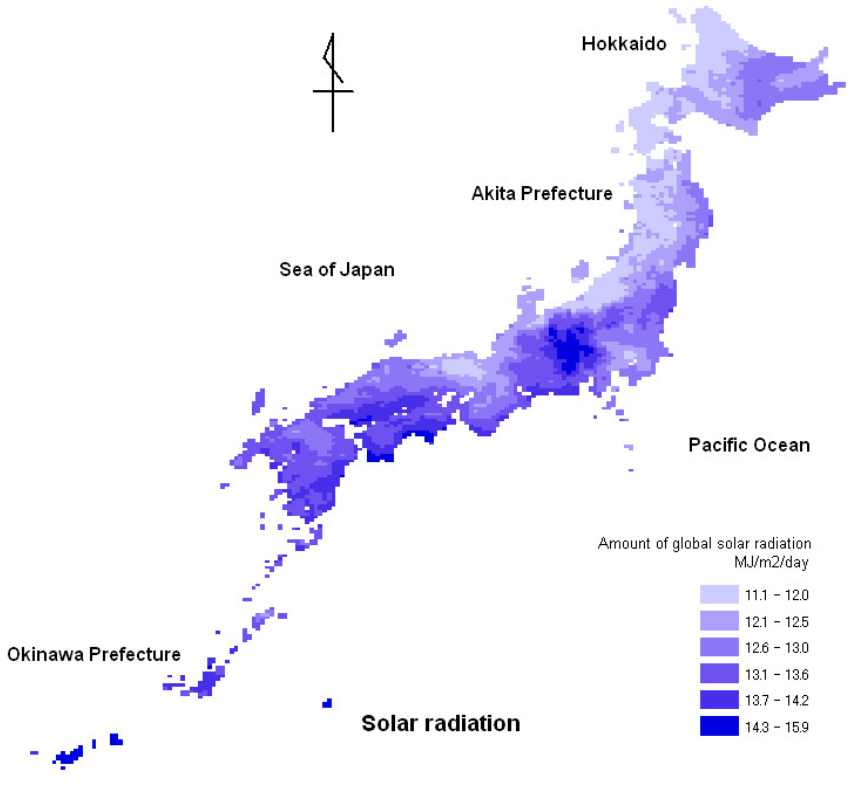Japan’s energy storage market needs restructuring to balance the books. So, can new ancillary and capacity services bridge the feasibility gap?
As part of its efforts to achieve its goals of energy transition and liberalizing electricity market structures, Japan hopes to become one of the most promising grid-scale energy storage markets in the Asia-Pacific region. The country’s per capita electricity consumption is twice the Asia-Pacific average.
In March 2023, Japan announced a power grid expansion master plan, which is expected to invest 6 trillion to 7 trillion yen (45 billion to 55 billion U.S. dollars) by 2050. In the next few decades, Japan will mainly use solar energy Electricity from power generation facilities and wind power facilities. And it expects oil and LNG prices to fall as a result.
With multiple revenue streams supporting renewable energy, and extremely high demand for electricity, it may not be surprising that Japan is now ramping up investment in energy storage systems. However, Japan’s planned grid-scale battery storage system will also require multiple revenue streams to remain viable, as well as a series of market reforms to sustain its revenue.
Research institution Wood Mackenzie introduced in detail Japan’s grid-scale energy storage market reform based on data from the Global Energy Data Center, and analyzed the Japanese power market cost dynamics and pricing, supply and demand patterns, emissions, market structure and other contents.
The Limits of Energy Arbitrage
The Japan Electric Power Exchange (JEPX) is one of the most mature wholesale energy markets in the Asia-Pacific region, operating since 2005. More than 40% of the country’s total electricity demand is met through the spot market, which sets electricity prices at different times throughout the day to incentivize low-cost usage.
This allows the battery storage system to charge with power from the grid during periods of lower electricity prices and discharge during periods of peak electricity demand (when electricity prices are higher). This process enables battery storage systems to earn revenue through energy arbitrage.
Revenues in Japan’s wholesale electricity market are likely to depend on intraday prices, which have been extremely volatile over the past few years due to limited supply and high fuel prices. In the first quarter of 2021, LNG prices rose to unprecedented highs due to tight supply. From the third quarter of 2021 to the last quarter of 2022, Japan’s electricity prices once again hit a record high. This time the increase in electricity prices was due to global fuel price inflation.
Looking ahead to 2032, it is expected that there will be a lot of uncertainty about energy arbitrage revenue. In order to bridge the income gap and achieve investment return targets, the Japanese power market is committed to developing ancillary services and developing capacity markets.
Balance the market with new revenue streams
A range of revenue streams from energy storage systems can enable frequency fluctuations in the grid to be more effectively managed. These products are designed to incentivize the rapid dispatch and absorption of electricity, a key capability that differentiates battery energy storage systems from traditional generation facilities.
A new ancillary services market will be launched in 2024 and provide additional revenue streams for energy storage systems. A new low-carbon capacity market will allow battery storage systems with a duration of three hours to participate in auctions planned for 2023 and 2024, with delivery in 2027 or earlier. It is hoped that these capacity contracts will reduce commercial risk and improve bankability.
Risks and Uncertainties
There remains some uncertainty in each market category regarding regulations, long-term prices and volumes, with early entrants being particularly affected. For example, as more battery energy storage enters the market, volume and price in the ancillary services market may cannibalize each other, reducing the most valuable revenue source for the battery energy storage system in the long term.
There are also some risks in Japan’s wholesale electricity market, with premiums for energy arbitrage affected by regulators, and it is unclear how regulators will set their prices over the next decade.
In addition, Japan’s capacity market is currently limited to battery storage systems lasting 3 hours, and the uncertainty of its overall revenue stack may make investors cautious about purchasing large-scale battery storage systems.
To learn more about the lithium battery industry, stay tuned for more updates on the website or follow MK Energy’s social media accounts.



